
There are many species of saltwater angelfish to choose from when deciding what might look good in your home aquarium. And nearly every one of these fish are beautiful and would make a great living decoration for your home.
In this article, we’re going to look at the Emperor Angelfish Pomacanthus imperator also known as Imperial Angelfish or Imperator Angelfish, as it’s sometimes called. This fish can be found natively in both the Indian and Pacific Oceans although there have been reports of these fish being sighted off the coast of Hawaii.
The Emperor Angelfish has striking striped markings with on dark strip going across its eye, which looks like they’re wearing a mask, and a colorful blue/gold striped body that has been described as hypnotic by some people, however, they look completely different when they’re young. Because of their stunning color pattern, they’re one of the most popular saltwater angelfish for hobbyists. Their color and graceful movements make for a beautiful living decoration in the home.
These fish are on the expensive side and can be difficult to care for; they’re aggressive, territorial and don’t tolerate fluctuating water conditions, which make them more for the advanced hobbyist.
Table of Contents
Tank Considerations
The Emperor Angelfish can grow to very large sizes — upwards of 15 inches, so you’re going to need at least a 125 gallon size tank when they’re juveniles and at least 180 once they reach adulthood.
As mentioned, these fish require a little more care and attention than do other angels, and they need to be placed in a tank that’s completely cycled and biologically mature. Also, in the wild they like to hide among and graze the coral, so consider adding plenty of live rock in your tank to make them happy.
In the wild the emperor angelfish is territorial and aggressive, so you’ll have to take that into consideration if you’re considering putting them in a community tank. Because of their size, it can be dangerous to put them in a tank with smaller, passive fish because there’s a chance the angel may kill them. Also, these fish don’t like other angelfish of the same species, so consider keeping only one in your set up. The exception to this is if you’re keeping a mating pair.
Because angelfish are territorial, it’s best if you introduce them to your tank as the last fish to your community. A emperor angelfish may feel the whole tank belongs to him if he’s the first occupant, and will likely view any fish added later as intruders.
Like most saltwater angelfish, the emperor angelfish prefers a water temperature on the warm side — between 72˚ – 82˚ Fahrenheit, with a pH range of 8.1 – 8.4, a specific gravity of 1.023 – 1.025, and a medium water hardness (8-12 dKH).
Many experts believe that lighting is vital to this fish’s coloring. Many people see the beautiful, vibrant color of this fish online and in books, and get these fish home only to have washed out or dull colors. Decent lighting — the kind used for corals — along with a healthy and varied diet, can help with this and also help to prevent Head and Lateral Line Erosion disease.
This fish isn’t tolerant of changing water conditions and you’re going to have to be on top of maintaining high water quality if you want to keep these fish alive. It’s recommended that you perform 30% water change every month or 15% every 2 weeks. If your tank has corals, then do a 20% change every month or 10% every 2 weeks.
Health and Care
The emperor angelfish, like many saltwater angelfish, is prone to diseases and is not considered to be one of the more hardy marine fish. Stress is the most damaging to these fish and it can come from being placed in a tank with poor tank mates or by being transferred from a supplier to your home. Because of this, it’s mandatory that you quarantine these fish before placing them in your tank. You’ll want to watch out for saltwater ich, White Spot Disease (also called Crypt), and other ailments. Also, as mentioned it’s vital that you maintain high water quality and water conditions to ensure your fish remains healthy.

Diet
In the wild the emperor angelfish is an omnivore and its diet includes sponges with algae and tunicates. In the home aquarium, you can keep these fish healthy with both live, frozen and prepared foods. They’ll also enjoy chopped meat items such as squid, scallops and shrimp. It’s recommended that you feed these fish 2 to 3 times a day. Note that these fish do like to graze on algae along the coral, so be mindful not to overfeed them.
Breeding
As with many species of angelfish, these are nearly impossible to breed in captivity in smaller aquariums. Successful breeding usually occurs only in large, commercial aquariums. When they do breed, males will usually take up to three females in their harem and they will spawn once a year.
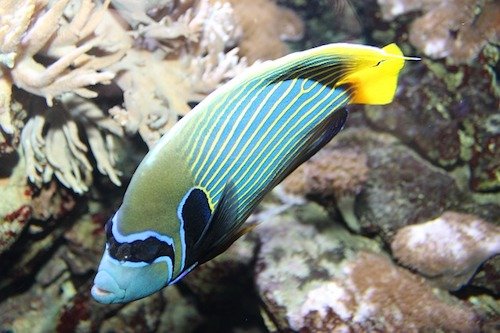
Summary
- Fish size: 12 inches and larger
- Tank size: 125 gallons and up
- Diet: Omnivore
- Water temperature: 72˚-82˚ Fahrenheit
- Water hardness: 8-12 dKH
- Specific gravity: 1.023 – 1.025.
- Water pH: 8.1 – 8.4
- Breeding: Difficult
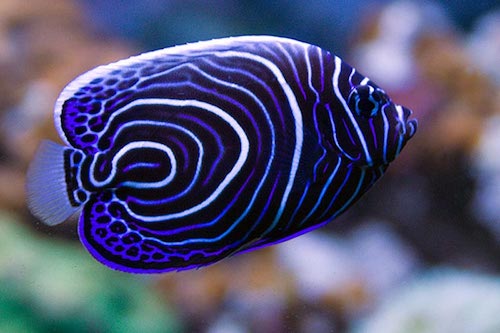


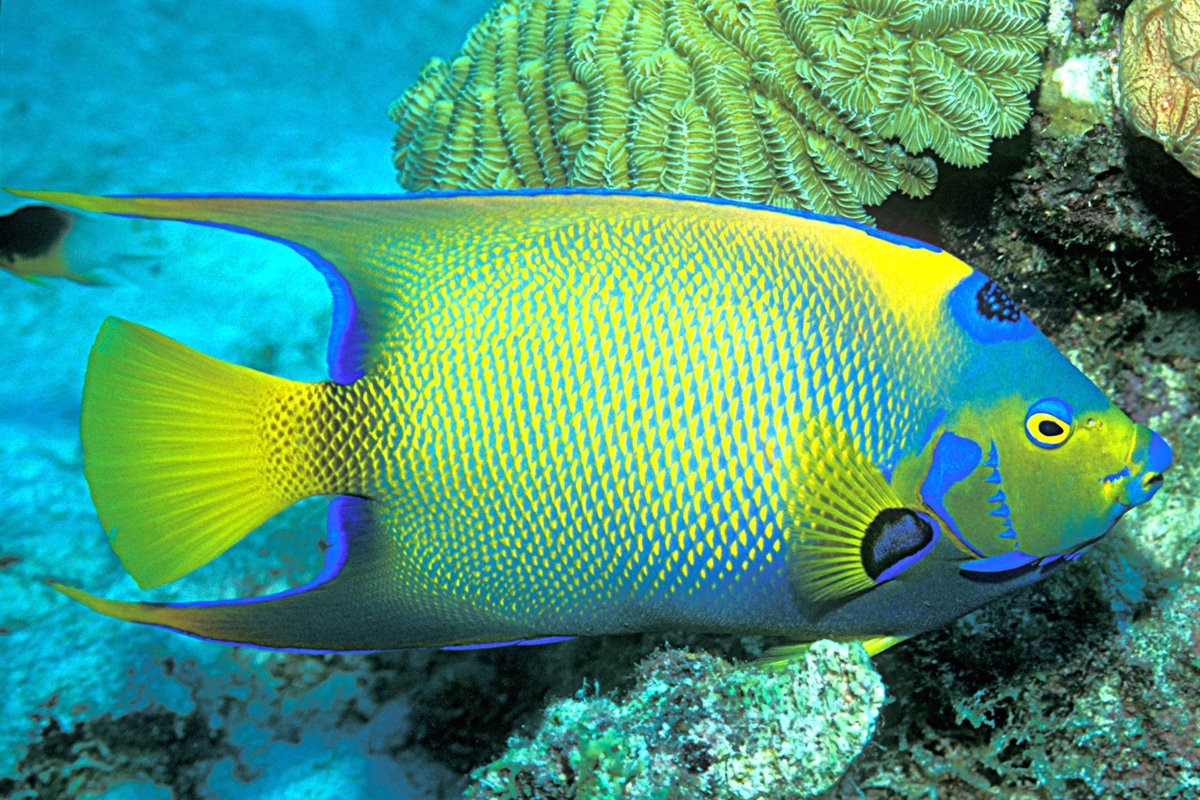
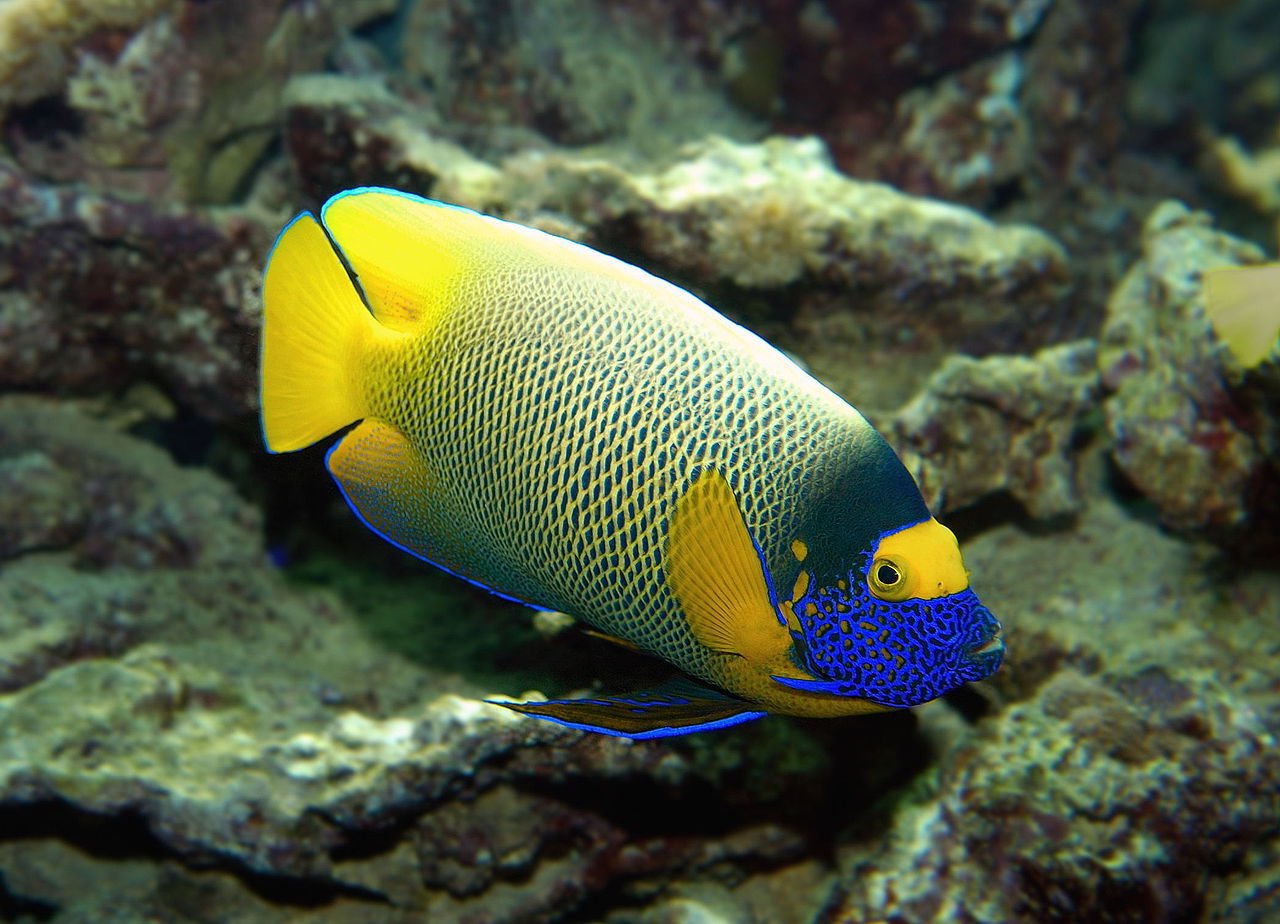
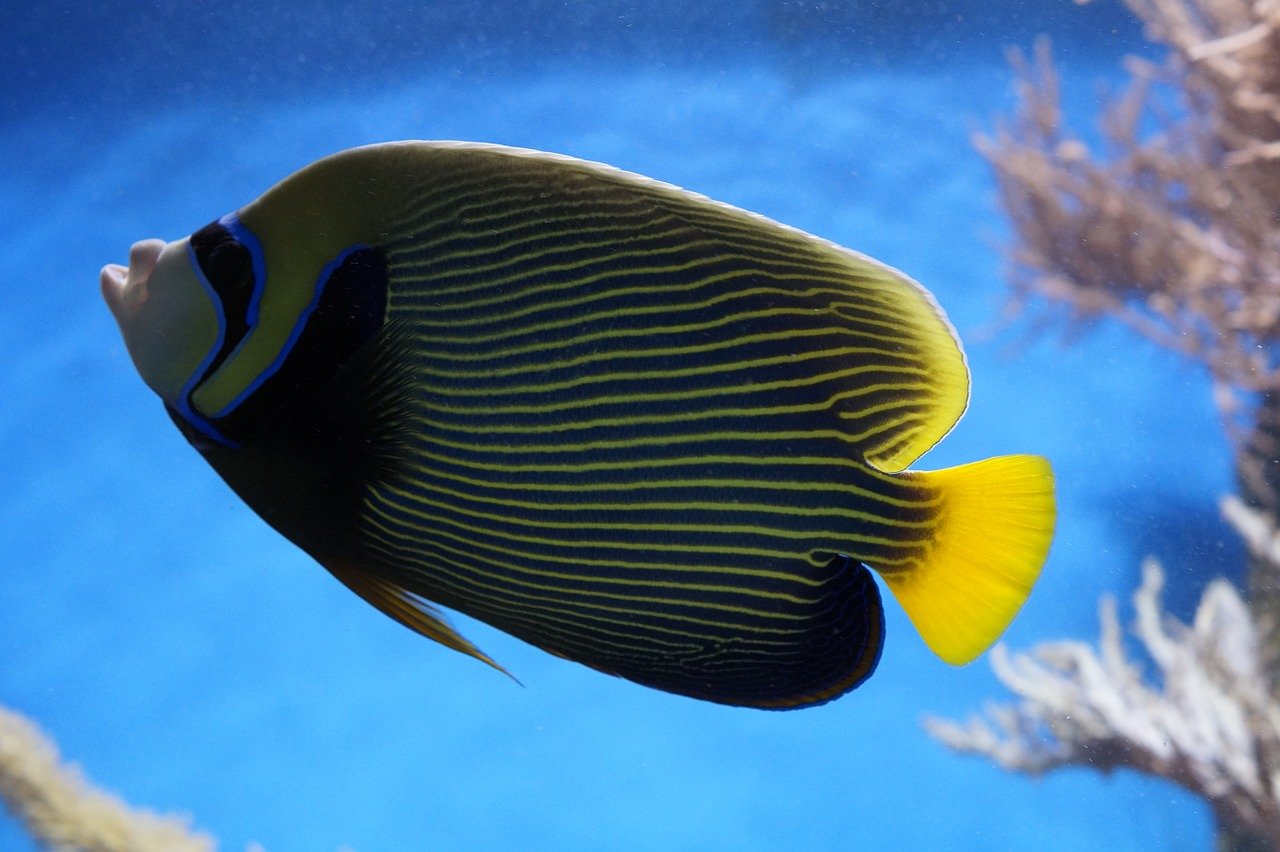
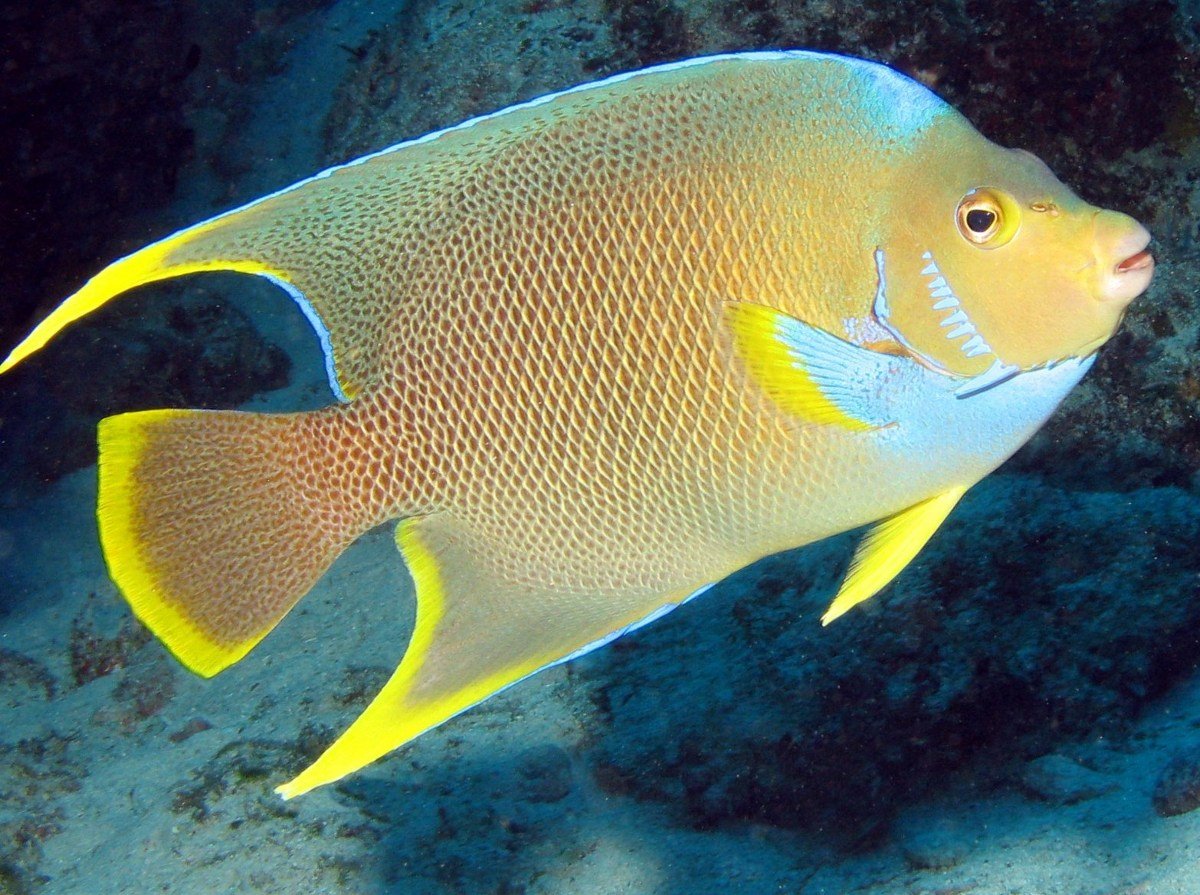
Leave a Reply